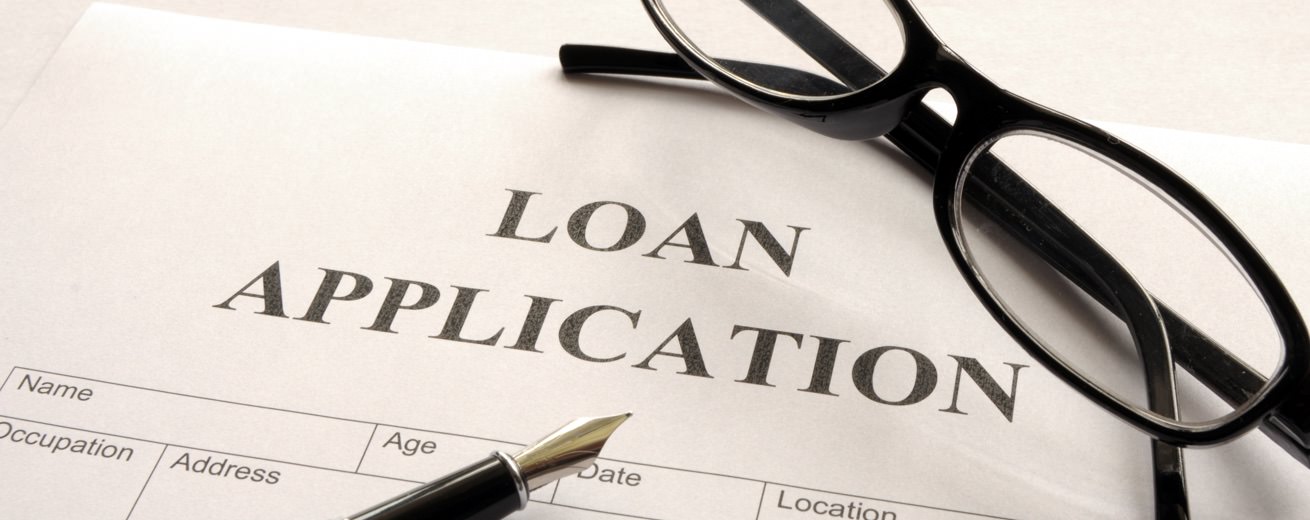Understand The Types Of Loans

Key Takeaways
-
Loans can be unsecured or secured with collateral
-
Unsecured loans have higher interest rates
-
Term loans have a fixed repayment period, while revolving loans are repaid based on usage
-
Your assets can be used to pay back a defaulted loan
Loans can be secured or unsecured
There are some important differences between secured and unsecured loans:
|
Secured loans |
Unsecured loans |
|---|---|
|
|
Term versus revolving loans
With a term loan, you must repay the loan by instalments over the loan period. The bank can recall the loan if you breach the terms of the loan agreement. The loan is usually larger in amount and has a longer repayment period.
Examples: housing loans, car loans and education loans.
Revolving loans allow you to use the money up to an agreed credit limit whenever you need it. Once you repay the amount owed, the credit becomes available to draw on again.
Examples: bank overdrafts, personal lines of credit and credit cards.
Comparing term and revolving loans
The main features of term loans and revolving loans are shown below:
|
Feature |
Term loan |
Revolving loan |
|---|---|---|
|
Loan tenure |
Fixed |
Short-term revolving |
|
Interest rate charged |
Usually lower than revolving loan |
Usually higher than term loan |
|
Interest rate type |
Can be fixed or variable |
Can be fixed or variable |
|
Recallable on demand? |
No (unless in the event of default) |
Yes |
|
Loan can be tapped on after payback? |
No |
Yes |
|
Fixed instalment payments |
Yes |
No |
|
Repay anytime? |
No |
Yes |


